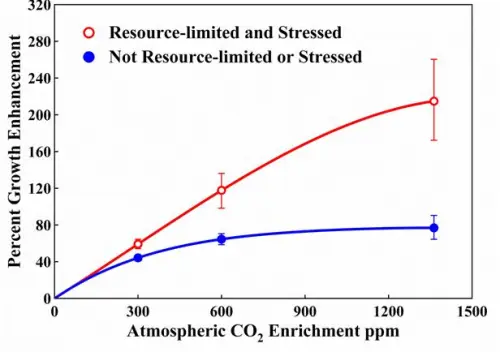
USDA's Sept. 1 stocks survey implied that no material adjustments were needed for last year's U.S. corn and soy crops. Yields stayed at 177.3 and 50.6 bu/acre.
metmike: The laws of agronomy tell us that the soybean crop, with 100% certainty DID shrink over the past month because of the widespread flash drought. during late pod fill..........regardless of what the USDA states.
So this can be explained by:
1. The USDA was TOO LOW a month ago and the real world came DOWN to their underestimation.
2. The USDA isn't interested in dialing this into their estimates UNTIL they get harvest reports from the late beans that have not been harvested yet to confirm it. Just wait until next month!
3. Since most of the crop that was impacted has not been harvested and crop ratings/conditions have remained steady(the flash drought did NOT impact the way the crops looked on the outside because it mainly impacted filling of the seeds INSIDE THE PODS), the USDA is keying entirely off of crop ratings.
4. I remain ADAMANT based on the laws of agronomy that the crop got smaller in the 2nd half of August thru the first couple of weeks in September. The market often trades USDA numbers but sometimes, the market is SMARTER than the USDA and ignores them.
5. The weather in Central Brazil has become most important right now with #1 producing, Mato Grosso waiting on the annual wet season to kick in so there's enough moisture in the soil to plant.
6. We'll see if the USDA finally lowers their yield in the next report(I bet they do). If they don't, I will insist that they were TOO LOW back in August and the bone dry end of the filling season lowered the crop size down to their estimate.
7. Also, the increase in beneficial CO2 DID help the beans to LOOK GREAT on the outside and use less moisture/be drought tolerant but not as much when filling....I could adjust those benefits to being more help to filling than I thought.
https://buythetruth.wordpress.com/2009/08/15/co2-enrichment-and-plant-nutrition/
Summary data from 279 published studies is shown below in which plants of all types were grown under paired stress (red) and unstressed (blue) conditions. For resource-limited plants the benefits of increased CO2 are astounding.

++++++++++++++++++++++
Previous threads:
https://www.marketforum.com/forum/topic/106950/
The 2024 U.S. #wheat harvest was 9.3% larger than in 2023, and the volumes by class were well-predicted by the trade.
Post-report analysis: U.S. #corn stocks The relationship between the relative size of stockpiles & trade biases held today. Analysts are more likely to overestimate Sept. 1 stocks in high supply years, presumably because they underestimate the impact low prices have on demand.